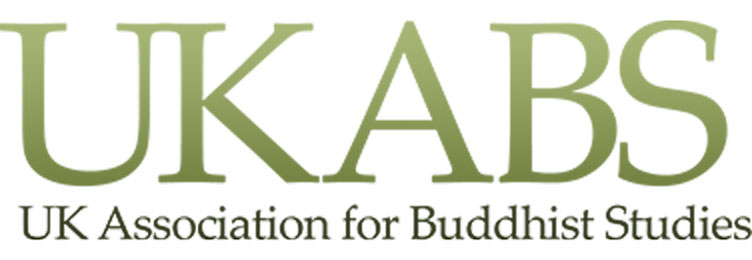University of Oxford, Faculty of Oriental Studies
AHRC funded project, 2010-2014
Authorship, originality and innovation in Tibetan Scriptural Revelations: A case study from the Dudjom Corpus.
This project explores the complex, multilateral processes involved in the initial production and subsequent literary expansion of revealed Tibetan Buddhist scriptures, processes which can extend over several generations.
Typically, each distinct revelatory tradition is associated with a specific charismatic lama, a prophesied and destined being who is considered to recall particular scriptural teachings from a previous existence, when he (or more rarely, she) received it directly, face to face with an enlightened being. Nevertheless such revealed texts often incorporate much already familiar textual material, and can also become enlarged over time, as later scholarly and visionary lamas contribute to them. In some cases, later lamas are recognised as rebirths of the earlier revealer, so that their re-working of the revelation may be seen as a religious duty.
Our research is based on a case study of lamas from the extensive and still vibrant Dudjom revelatory tradition, from which a number of rather different patterns are emerging. Modifications may in some cases represent an attempt to universalise a single specific revelation, combining it with liturgical practices and also other texts which are currently more widely known. Elsewhere, a later addition may derive from a revelation of an earlier generation or period, which is thereby re-introduced into the current tradition.
It is clear that these complex, rules-bound, communal methods of on-going scriptural revelation bear significant resemblance to methods once more widely found in Mahāyāna cultures. We are exploring the range of patterns in evidence, and asking what they indicate about Tibetan understandings of on-going scriptural composition.
For more information please see the project’s website.
